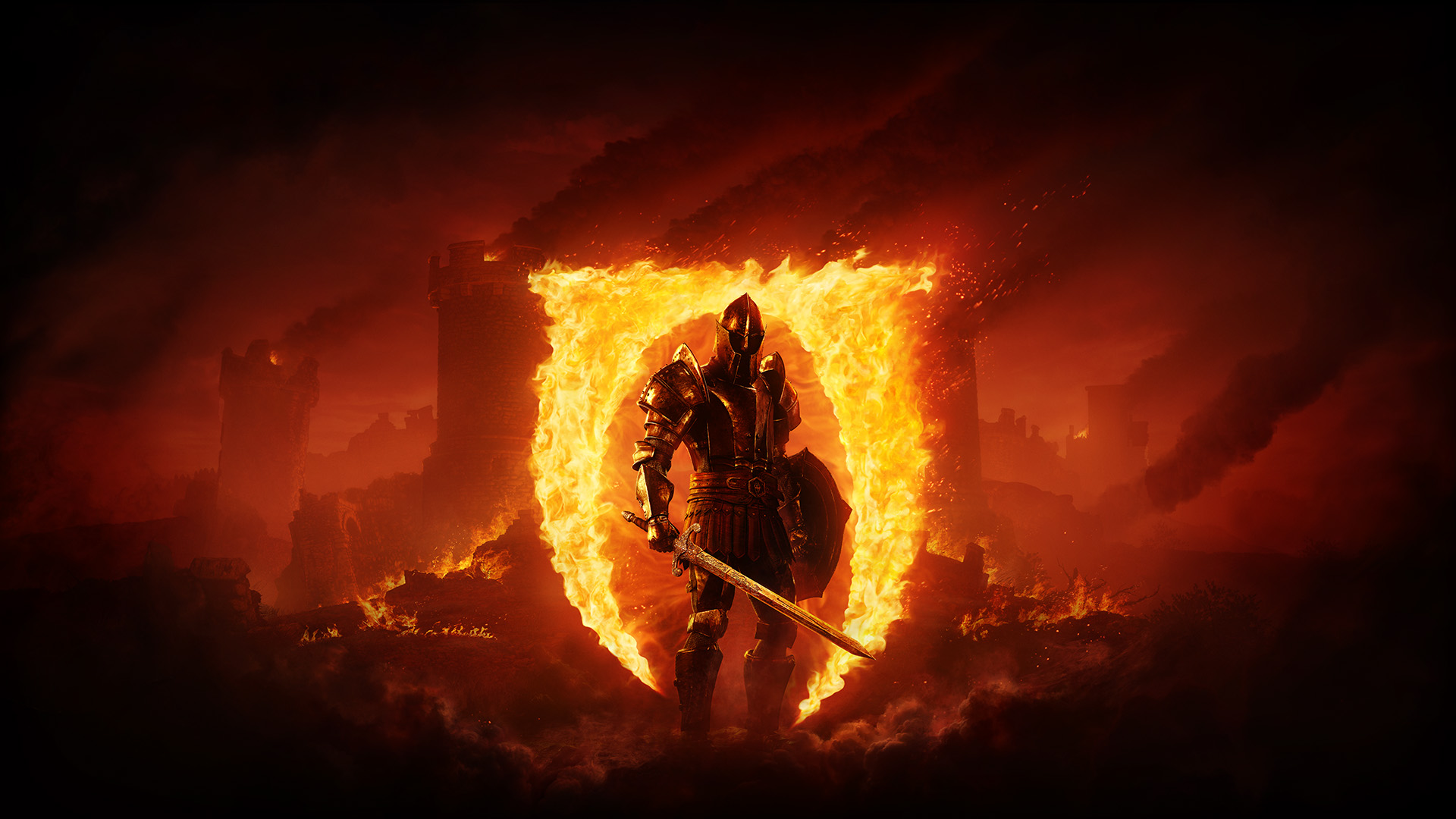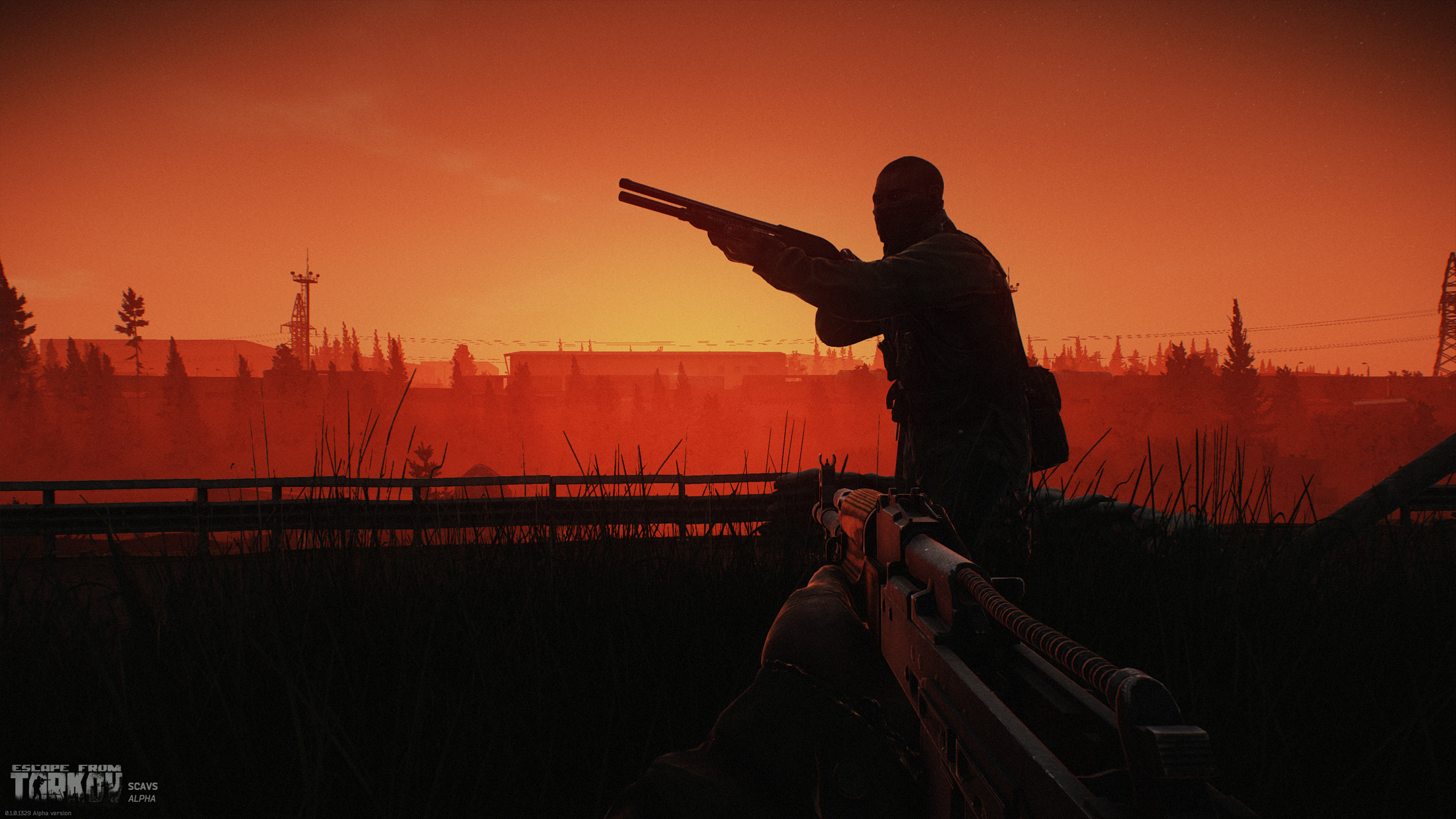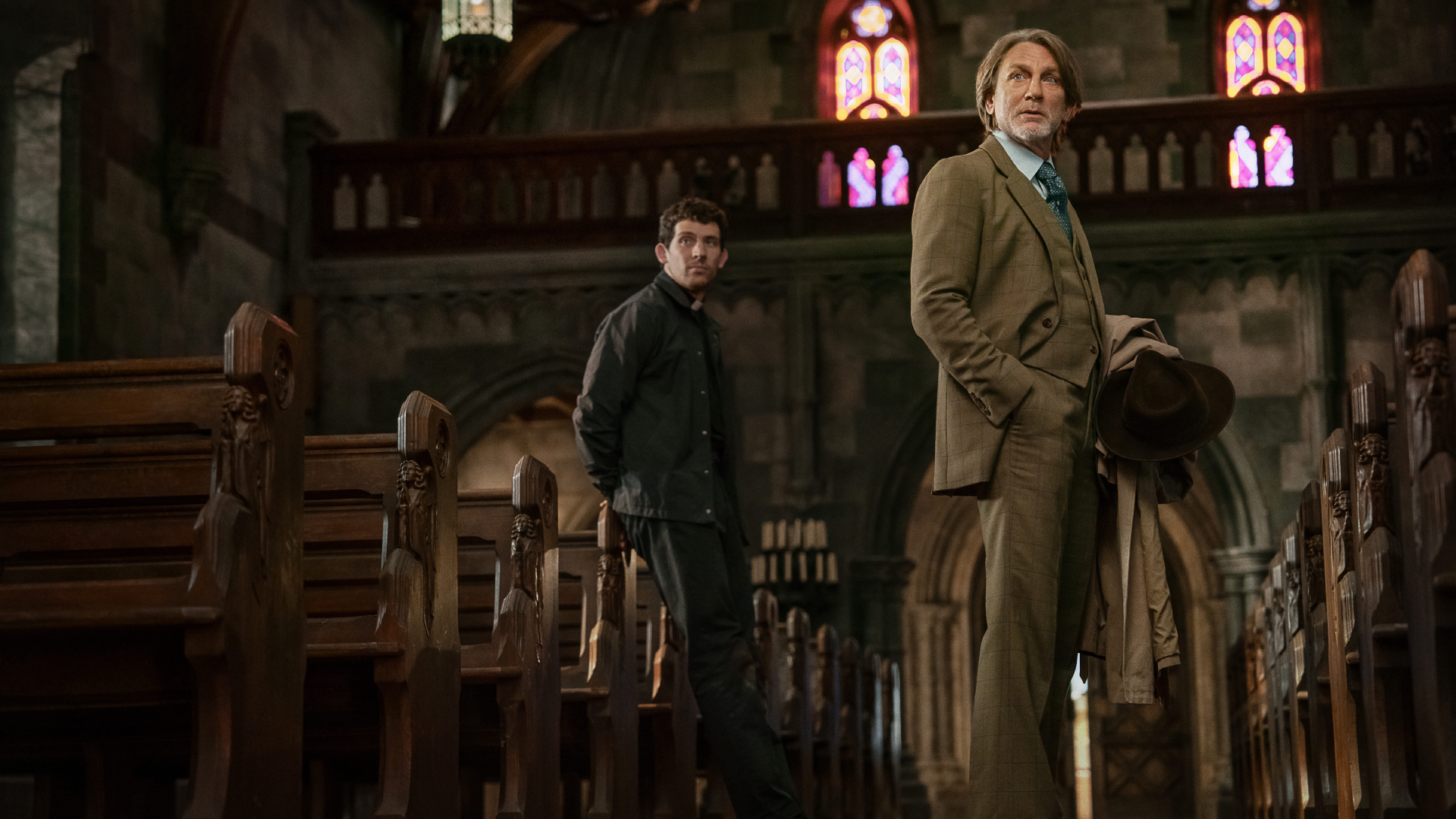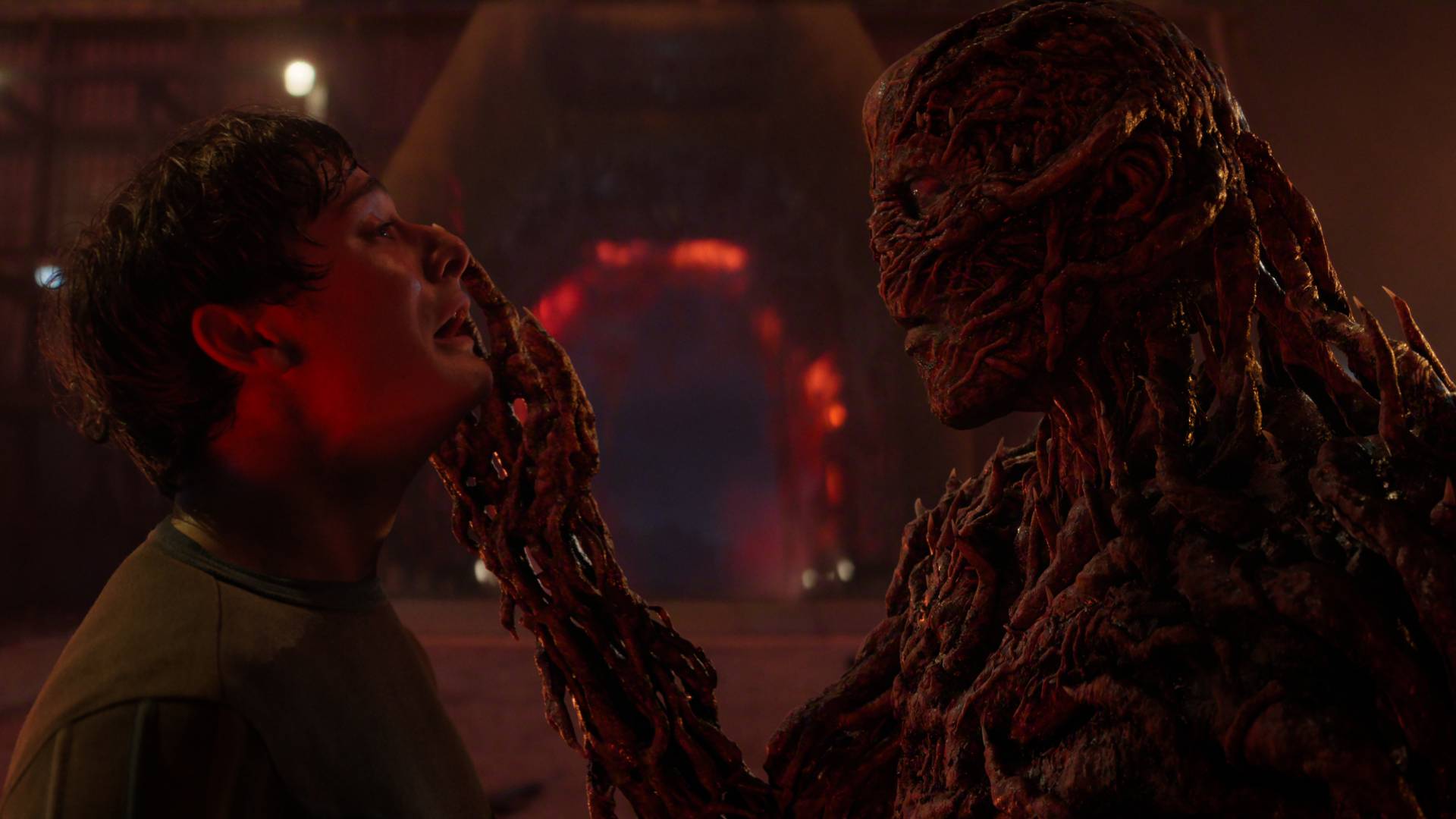After Oblivion Remastered, the best candidate for another Elder Scrolls remaster is probably too weird to get one
Opinion | Daggerfall remains the most fascinating Elder Scrolls, and also the most confounding
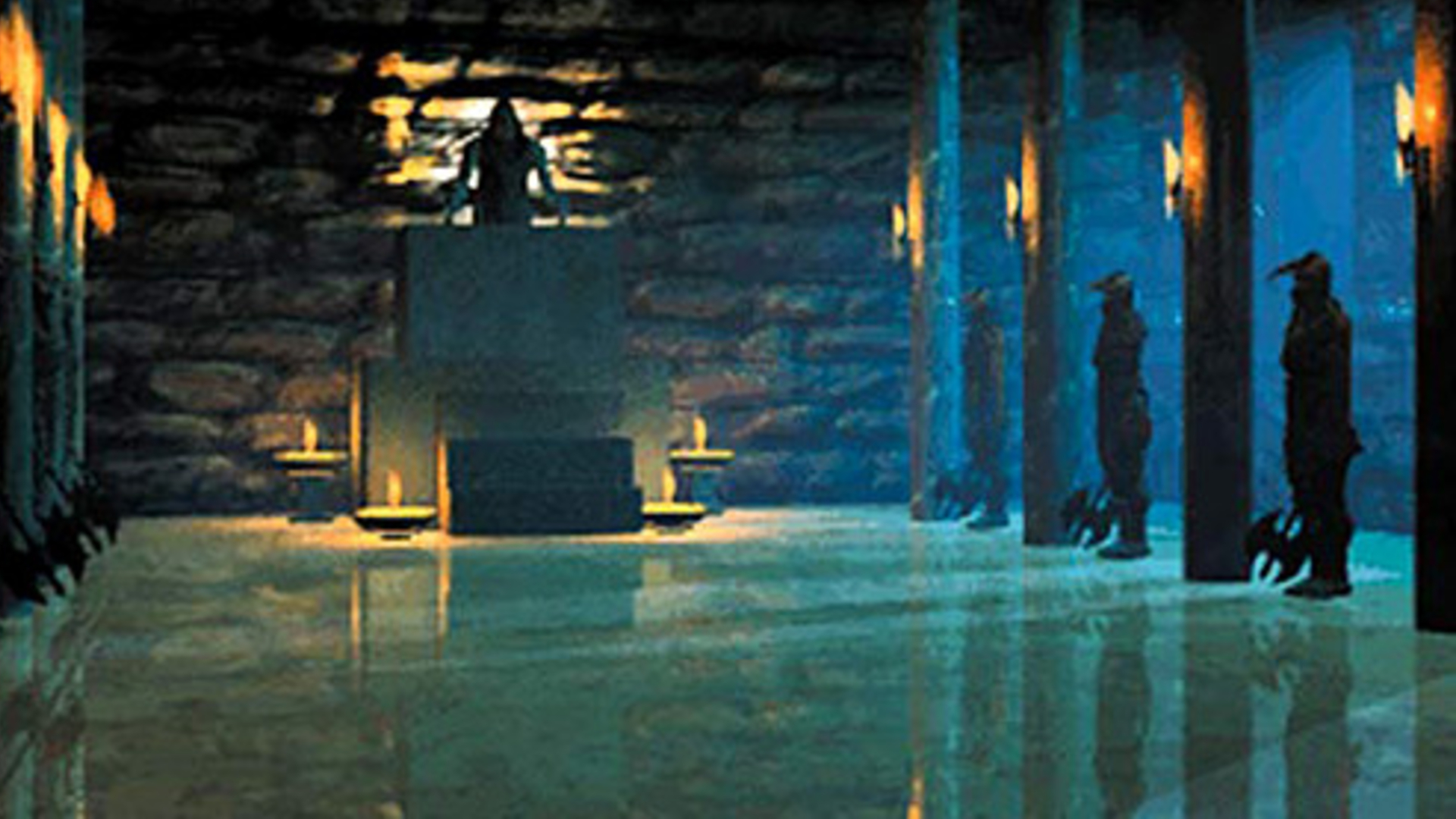
The Elder Scrolls 4: Oblivion Remastered has been a blast, but in retrospect, it's probably the last Elder Scrolls game I'd have picked for a remaster. After all, there are plenty of games in 2025 with similar sensibilities to Oblivion. Bethesda still pumps out open-world RPGs using the formula it helped pioneer, and games like Avowed and Kingdom Come: Deliverance 2 invite direct comparisons to the 2006 version – a game that is handily playable on modern systems.
That can't be said about, for instance, Daggerfall. The sophomore Elder Scrolls game has more in common with a fantasy life simulator than a modern open-world RPG. This is a game where becoming a vampire means sunlight will kill you in a matter of minutes, you can learn conversational Spriggan, take out a loan from the bank, and buy a boat to sail across a procedurally generated world so massive that it would take 60 hours to cross it on foot.
Oblivion is a fantastic game, but you can throw a stone at a random Steam page and hit a game that lives in its long shadow. Today, Daggerfall remains bold, unique, and wonderfully weird with few comparable analogs. It's also barely playable on modern systems without use of a fanmade remake. These things should make it an ideal candidate for an official remaster – it's more ambitious than the comparatively primitive Arena and even stranger than the comparatively accessible Morrowind – but I suspect one thing holds it back. Daggerfall might be too weird to remake, at least to the same extent that Oblivion has seen.
Daggersprawl

The most pressing issue is that Daggerfall is huge. Frankly, it's too huge. There's a reason the size of Elder Scrolls games was reined in as their fidelity went up with Morrowind and beyond; handcrafting anything on that scale in 3D would be a nightmare. Nearly all of Daggerfall is procedurally generated and represented by simple polygonal objects and generic 2D sprites. It might be nearly as big as Great Britain, but it's a hell of a lot blurrier.
Even quest objectives, of which there are a theoretically infinite amount, mostly pull from repetitive scripts that fill in the blanks with random NPCs and points of interest. Daggerfall gets away with this because quests primarily serve to prod you around the world so emergent things happen along the journey, and fast travel allows you to simulate going hundreds of miles in mere seconds. Assuming you could recreate the world and all its nightmarish dungeon labyrinths with modern visuals, the majority of it would still be skipped over with fast travel by anyone looking to complete the game in less than a lifetime.
NPCs are similarly lo-fi in the interest of being all-purpose. Most exist to be asked about nearby factions and points of interest, and to fill in when a procedurally generated quest needs it. Some are little more than set dressing that can't even be so much as pickpocketed. With so much dialog and so many disparate NPC, the addition of much voice acting would be infeasible and any increased fidelity would only highlight how uncanny they are when treated as real characters. In the same way that part of Oblivion's charm is its wonky NPC conversations and comical bugs, part of Daggerfall's charm is the spartan visual style that allows your imagination to take the reins.
The elephant on the moon
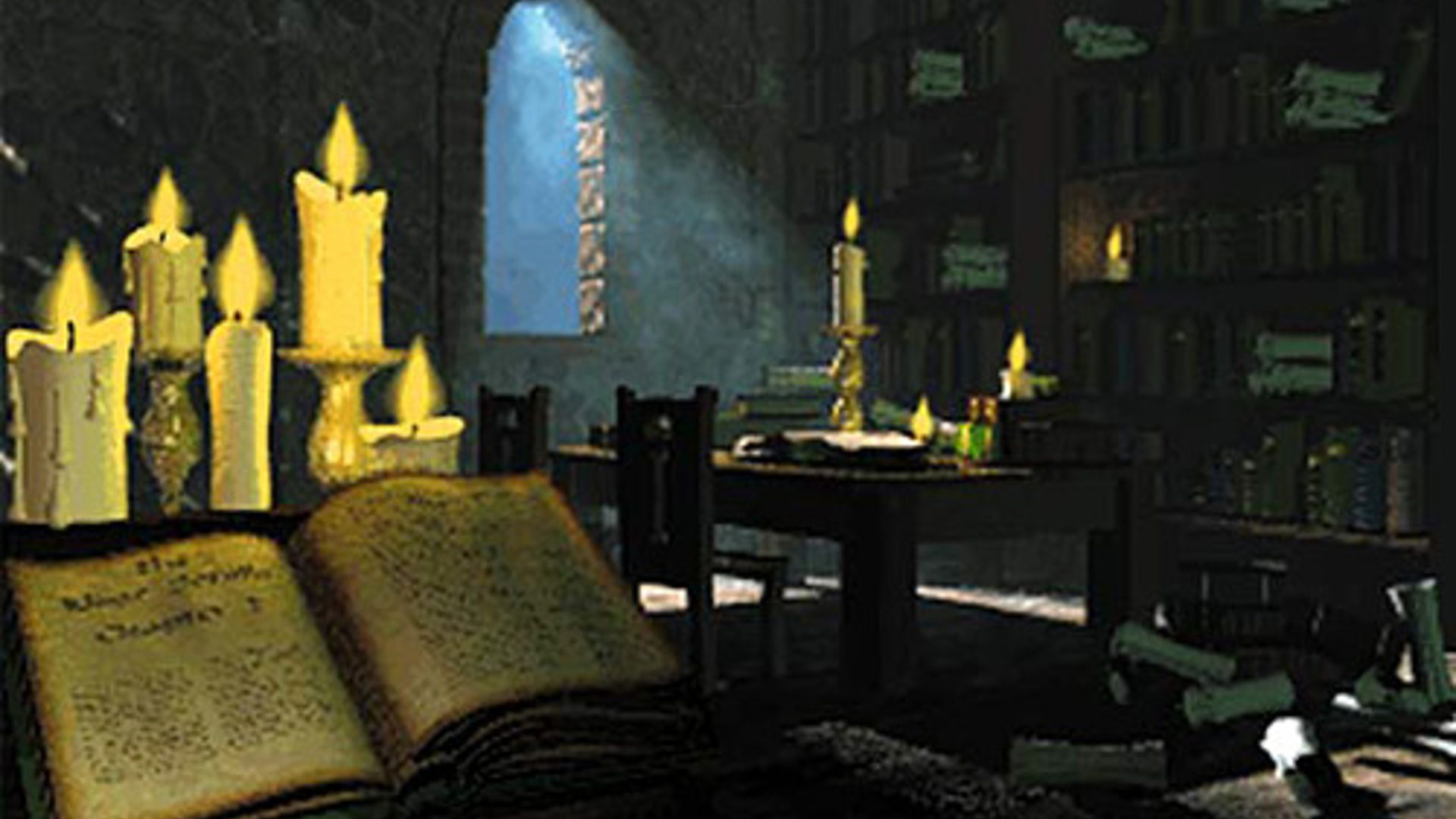
Even if Bethesda or Virtuos were up to the task of remaking Daggerfall, would it be worth the effort?
If you've kept up with Bethesda RPGs for the last few years, some of these issues might sound familiar. Samey radiant quests, a world so big that fast travel is the only reasonable way to get around, uncanny NPCs (many of whom just stand around waiting to be talked to) – all these things that delight in Daggerfall as janky '90s charm are very real problems in Starfield. Starfield is bigger than and graphically superior to Daggerfall, but its dialog system is simpler, its NPCs feel lifeless, and its less diverse dungeons quickly blend together. Why one game works and another doesn't is a different discussion entirely, but it's evidence that building an inconceivably huge sandbox RPG is an ambitious risk, even for a developer as seasoned as Bethesda.
Weekly digests, tales from the communities you love, and more
It begs the question: even if Bethesda or Virtuos were up to the task of remaking Daggerfall, would it be worth the effort?
Rather than try to overhaul it completely or give it visuals on par with Oblivion Remastered, Bethesda could just touch it up and help it play nice on modern machines at a decent resolution. The problem is, fans have already done that for them with the exceptional Daggerfall Unity. Even so, the game remains quite niche among its cult following that, while dedicated, isn't nearly as massive as the millions that show up to buy each new Skyrim re-release.
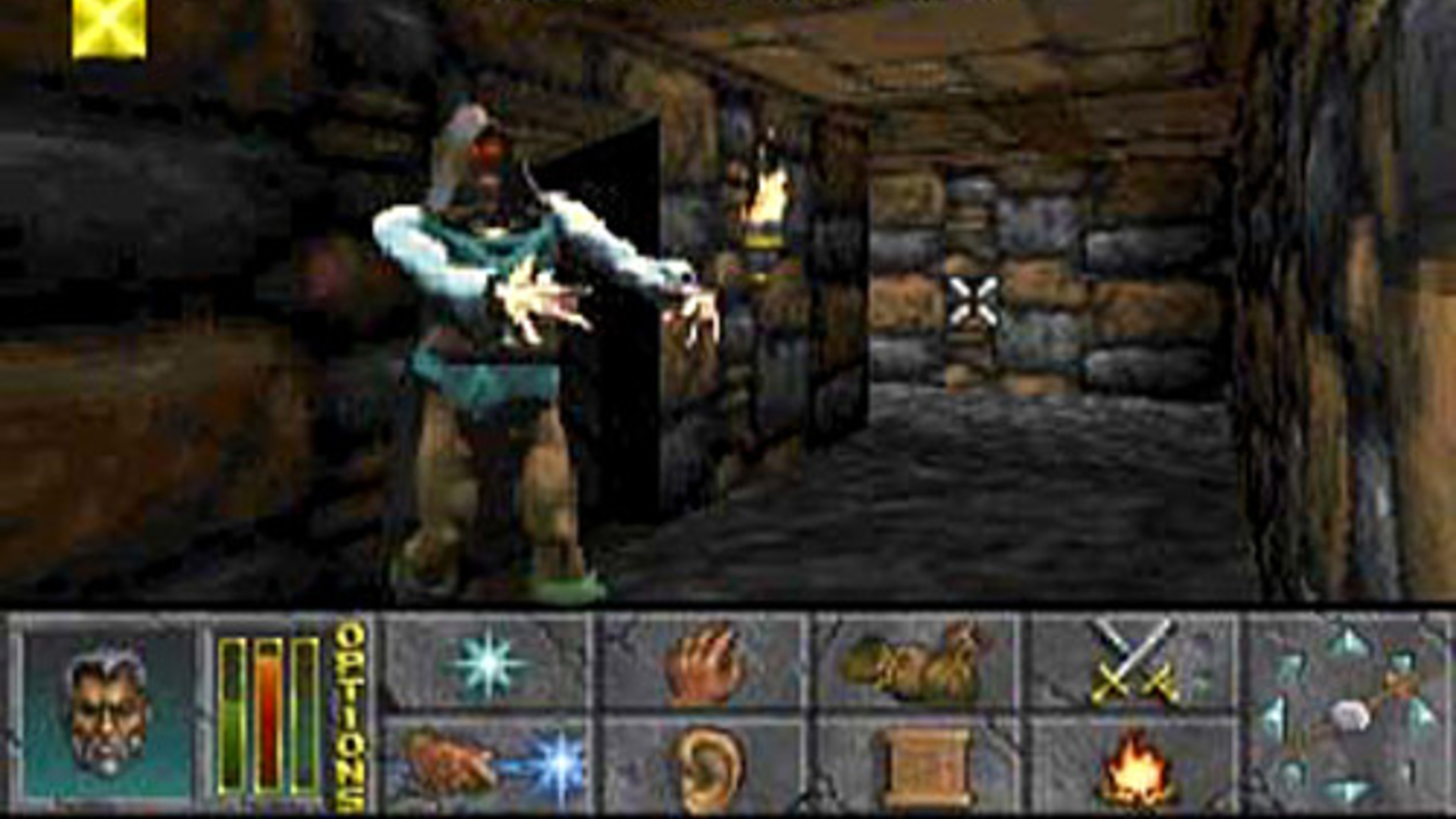
The Elder Scrolls series took a deliberate trajectory in a different direction, slowly favoring streamlined roleplay and buildcrafting systems to highlight handcrafted, action-heavy, blockbuster questlines. That approach is mismatched with Daggerfall's systems-led sandbox, and as such, would stick out like a sore thumb next to Bethesda's newest games. To RPG or sim enthusiasts, Oblivion may look pedestrian next to Daggerfall. But it also sold a million more copies and laid the groundwork for Skyrim, one of the most popular games ever made.
I definitely wouldn't mind being proven wrong with a remake that serves up Daggerfall with the level of visual splendor my imagination reconstructs it with in my memories of it. However, I think its strange, offbeat appeal is just that, and Oblivion is such a comparatively safe choice for a remaster that I wouldn't be surprised if Bethesda's next target for a remake was Skyrim.
We'll be waiting a long time for Daggerfall's makeover - here are the best RPGs you can play right now

Justin's been writing about games for over two years on his own and for publications like PC Gamer and Unwinnable. He plays a little bit of everything in hopes that one day he’ll look back having played a lot of everything. Arcade games, MOBAs, and old-school RPGs are his preferred haunts, though—if you need to steal his lunch money, try distracting him with a retro emulator or a button he can press to make a number go up.
You must confirm your public display name before commenting
Please logout and then login again, you will then be prompted to enter your display name.
